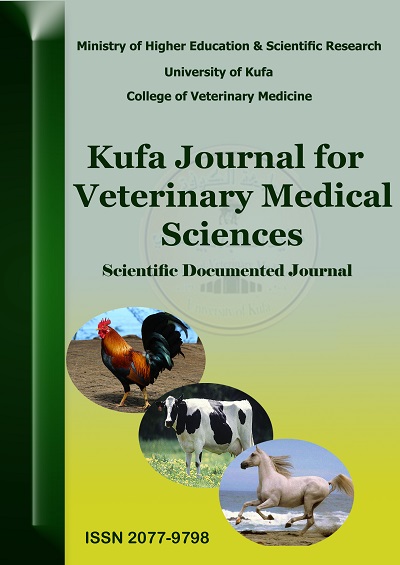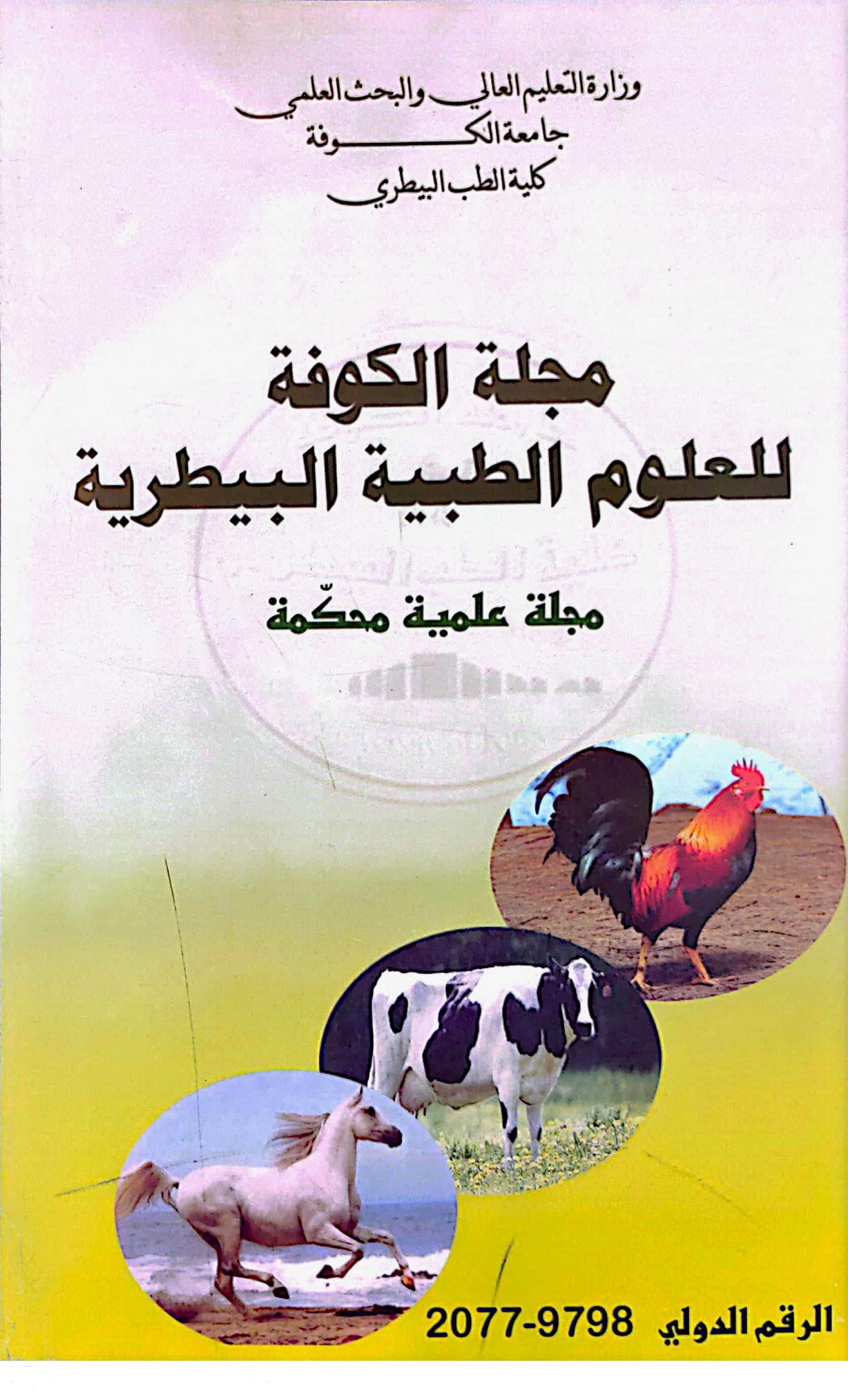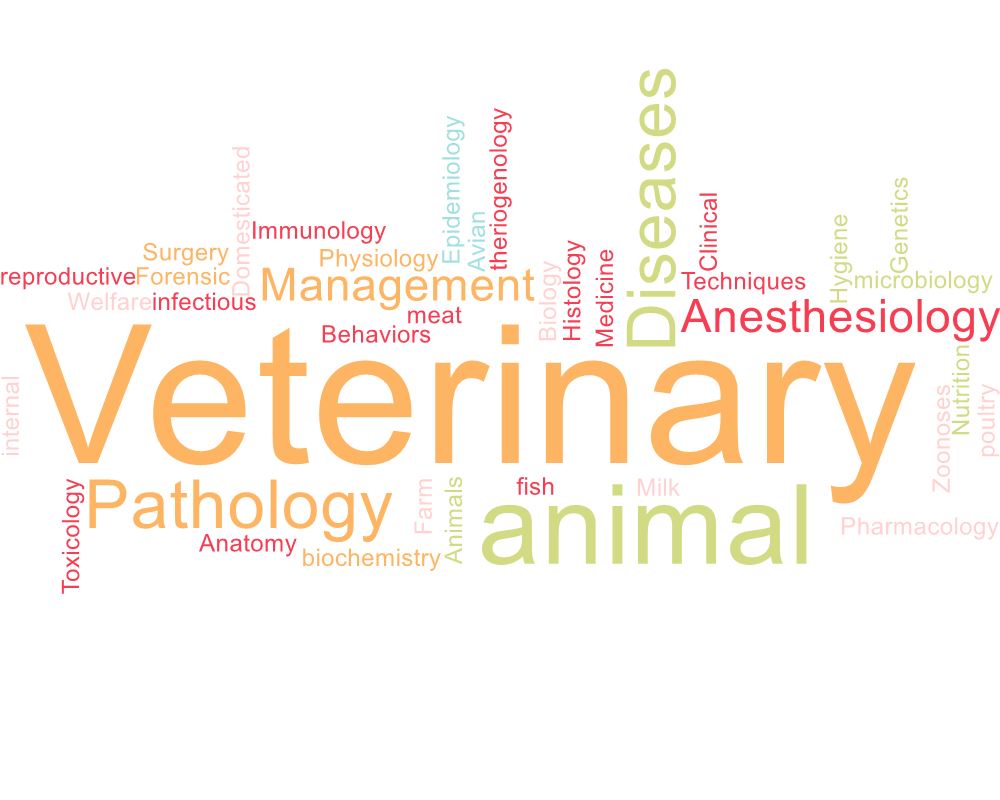Anatomical Study of the Tongue in Adult Rams
DOI:
https://doi.org/10.36326/kjvs/2010/v1i24060Keywords:
Anatomical, Designed, tongue, thicknessAbstract
The present study was designed to provide basic data about the anatomical features of the tongue in adult rams. The tongue was consisting from three parts: apex, body and root. The apex was nearly round with its rounded margin the apex increased gradually in width and thickness and then narrowest in the beginning of the body. The body was larger part of the tongue, begins narrow and then gradually increased in width and thickness until reach into beginning of root and then returns to narrowing. The root was last one and shorter part of tongue, which slopes ventrally and caudally toward the base of the epiglottis, and its width and thickness were nearly equal to the apex.
There were five different forms of lingual papillae of tongue of rams, the filiform, fungiform, conical, lenticular and circumvallate papillae distributed on the surfaces of the tongue.
The filiform papilla was soft horny threadlike structure inclined toward the posterior of the tongue. It was the smallest in size and most dominant from of pillae. The fungiform papilla was round, convex, mushroom-like papillae. The two forms of papillae were distributed on the dorsal and ventral surfaces of the apex and the body of tongue, with the decrease in number and increase in size when directed toward the body of tongue.
The conical papilla was conical in shape with several sizes (small, middle, and large) conical papillae, found rostral to the torus linguae. The lenticular papilla was convex lens in shape found in the middle part of torus linguae. The circumvallate papilla was round to oval in shape, surrounded by deep papillary groove and annular pad found on the lateral side to torus linguae arranged in two rows has, V, shape. The three forms papillae (conical, lenticular and circumvallate) were found on the dorsal surface of the caudal part of the body. The dorsal surface of the root of tongue was devoid from any papillae.
Downloads
Downloads
Published
How to Cite
Issue
Section
License
Copyright (c) 2023 Nabeel Abd Murad aaaaa, Najah Hashim Hassan, Thaier Alwan Abid

This work is licensed under a Creative Commons Attribution 4.0 International License.













